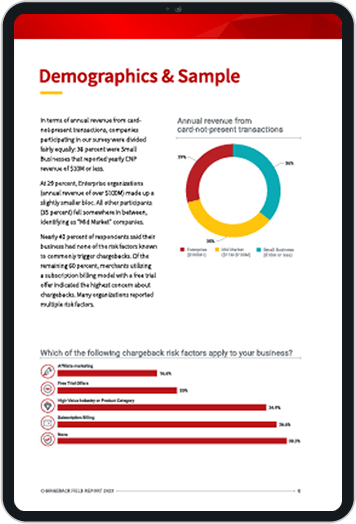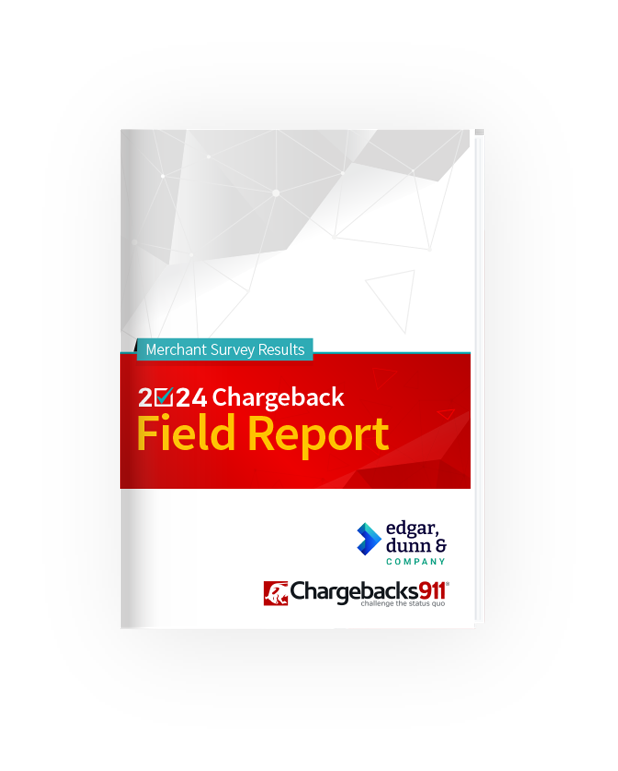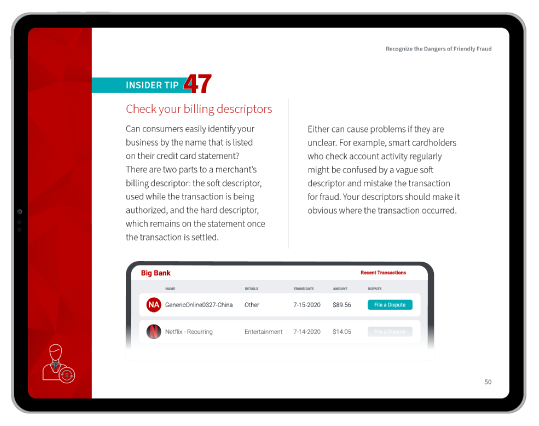Professional Fraud Rings: Why Organized Fraud is a Bigger Threat Than Ever
The term “fraud ring” sounds like something you might buy from a shady street peddler, right? Okay, corny jokes aside, the reality is actually much worse.
A fraud ring refers to a group of criminals collaborating to minimize risk and maximize payoff. By pooling resources, these fraudsters can effectively rob more people with less effort. And, while the target is often individual consumers, the indirect effects could seriously impact your bottom line.
In this post, we’re looking at how fraud rings work. We’ll see how crooks benefit, who they target, and how merchants can identify — and possibly deflect — fraud ring attacks.
Recommended reading
- Fake Google Reviews: How to Identify, Remove & Prevent
- The Top 10 Prepaid Card Scams to Watch Out For in 2025
- How do Banks Conduct Credit Card Fraud Investigations?
- What is Smishing? How to Identify & Prevent SMS Text Scams
- How Clean Fraud Works: Tactics, Red Flags & How to Prevent
- How Card Cracking Works: Tactics, Red Flags & Prevention
What is a Fraud Ring?
- Fraud Ring
A fraud ring is a group of criminals working together to perpetrate fraud, particularly financial fraud.
[noun]/frôd • riNG/
Combining resources is not a new idea. Parties working together for a common goal increases efficiency, lowers operating expenses, and raises the profit potential. Unfortunately, the concept works as well for the bad guys as it does for legitimate businesses.
And that’s exactly what fraud rings are: big business.
Fraud rings (sometimes called fraud networks) can consist of two or three crooks. Or, a single group may have dozens, or even hundreds of workers. Large-scale operations help avoid redundancy and expand reach. To fraudsters, that translates to “more bang for the buck.”
Fraud organizations — or often groups within an organization — are likely to specialize and focus on specific forms of fraud. A separate credit card fraud ring, check fraud ring, or bank fraud ring may all operate under the same criminal association, like different departments in a retail store.
Experts estimate that, by 2030, losses from payment card fraud could top $49 billion. One of the driving forces behind that growth is a surge in crimes committed by fraud rings.
What Methods are Used by Fraud Rings?
Fraud ring participants use conventional methods, including account takeover, phishing, and card skimming. The only difference is that they conduct these operations at scale, to conduct as many fraudulent transactions as possible.
Fraud rings carry out fraud attacks like any other criminals; just at scale.
The strategy is the same. For instance, the fraudster obtains some type of personal information, then uses it to trick victims into giving up either money or personal data. Any acquired data is used to steal money, or gain more data to continue their work. Rinse and repeat.
So, where do the crooks get their information in the first place? There’s a wide range of possibilities:
- Identity Theft
- Account Takeover
- Synthetic Identity Fraud
- Phishing /Social Engineering
- Card Not Present (CNP) Fraud
- Check Fraud
- Card Skimming
- Data Breaches
If any of the above sounds familiar, it’s because these are the same tricks used by individual fraudsters. Creating a ring simply allows bad actors to employ the tactics en masse.
Examples of Fraud Ring Scams
Theft rings can leverage virtually any type of fraud. But, there are some techniques that work better when used on a grander scale, for various reasons. For example:
In addition to stealing revenue, fraud rings are an excellent method of laundering stolen money, both for the fraudsters and any outsider who might hire them.

Common Targets for Fraud Rings
Fraud rings can target an entire spectrum of potential victims. And, the larger the ring is, the more target variations it’s likely to have. Here again, there are certain groups and situations that are more often targeted:
Identifying Fraud Rings
Businesses should watch for key indicators that might suggest fraud ring activity. For example, unusual purchases, suspicious emails, high transaction velocity, or one of dozens of other fraud red flags.
For consumers, the signs of being a financial fraud victim are usually obvious. It mostly comes down to spotting red flags, such as large, unauthorized purchases on a payment card account or a large, unexplainable, drop in credit scores.
Businesses, on the other hand, need to be on guard against a different set of indicators, like sudden or large purchases that don’t match the customer’s sales history. The signs aren’t always obvious; as there are fewer dead giveaways, identifying fraud rings is more about spotting potential red flags.
To illustrate, let’s look at two specific areas: the customer’s identity verification and their behavioral history. Signs of suspicious user validation could include:
- A large number of incidents coming from a specific geographical region (especially if that region doesn’t match the user profile).
- A junk email, or an email address with a root domain that suggests mass creation of phony accounts.
- A large number of individual orders all claiming the same employer.
- Orders that can be traced to VPNs and data centers.
In addition to identification anomalies, you’ll want to keep an eye on customer behaviour and purchase history. Any odd activity, especially when patterns appear across different, unrelated accounts, could point to fraud ring activity.
You can even compare log-on times against the user’s on-file address. For example, if all orders are placed at 3:00 am in your local time, it might mean the real user resides in another part of the world.
None of the above are guaranteed indicators of a fraud ring. But seeing one or more of them means it may be worth investigating.
Are Fraud Rings a Common Problem?
Yes. Fraud rings are becoming more common, because fraudsters are increasingly seeing the advantage to this model. Even when busted, an organized fraud rings can regroup and get back to business quickly.
Yes, and getting worse.
Fraud identification techniques continue to advance and get more sophisticated. But, as we pointed out earlier, so do fraudsters’ tricks to circumvent them. This is true of all types of fraud, but fraud rings’ organized efforts are having a wider impact.
In some ways, it seems like fraud rings should be easier to detect than solo efforts. They’re a bigger target, which should create bigger ripples that can be back traced. It doesn’t always work that way, however.
Even a theft ring bust is unlikely to completely shut down an operation. It may only temporarily break apart individual cells and disrupt operations. But, they can reunite and get back to work as soon as the pressure is off.
Take Proactive Steps Against Organized Fraud
Protection from fraud rings starts with the same key elements of fraud prevention in general. Biometrics, for example, have proven especially effective at thwarting fraudsters. That’s just one example, though.
Due to the scale of fraud ring activity, data is your best detection asset. Sophisticated software solutions that can help identify repeat ID document use, similarities in purchasing, and clues from suspicious equipment. Coordinating your efforts with law enforcement agencies may help them bust a fraud ring.
Even if your business isn’t directly targeted by fraud rings, though, you’re not guaranteed to be safe.
While the bulk of these scams target legitimate consumers, the fraud will typically lead to chargebacks. You'll not only have to refund fraud victims… you’ll also lose merchandise and be stuck paying associated costs and fees.
In order to mitigate risk, you ultimately need a comprehensive solution. The experts at Chargebacks911® can help you discover the true sources of all your chargebacks, and implement an end-to-end management strategy to retain revenue and prevent future disputes. Contact us today to learn more.
FAQs
What is an example of a fraud ring?
Credit card fraud rings might try to transfer stolen funds onto blank payment cards, then use the counterfeit cards to make fraudulent purchases. Insurance fraud rings, on the other hand, may enlist medical professionals, lawyers, or other specialists to commit insurance fraud on a grand scale.
How to identify fraud rings?
Identifying fraud rings usually requires spotting anomalies in either the customer’s identity verification or their behavioral history. Signs of suspicious users could include comparing geographical information, checking root domains and IP addresses, or tracking orders from VPNs and data centers. Odd activities — such as multiple similar orders from different buyers being sent to the same location — could also indicate a professional fraud ring.
How do you identify fraud activity?
Always be on the lookout for red flags, such as repetitive or larger-than-expected orders, different cards using the same shipping address (or one card shipping to multiple addresses), and so on.
What activities or actions are considered as fraud?
Fraud is legally defined as any activity that relies on deception in order to achieve a gain. Among many other instances, this would include any intentional misrepresentation of identity or other financial information, unauthorized use of a credit, debit, or ATM cards, cashing forged checks, and spoofing electronic funds transfers.















